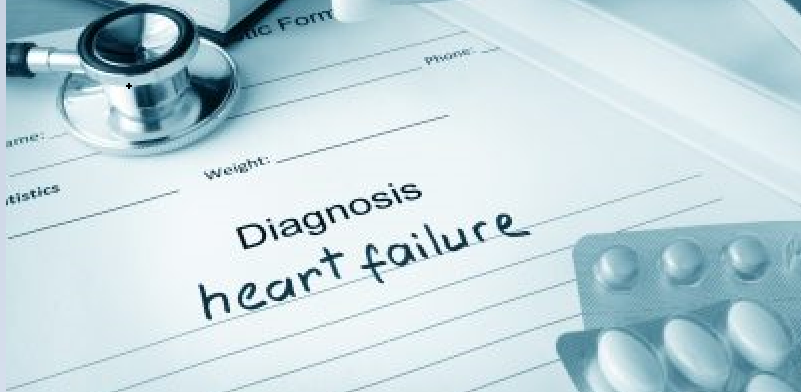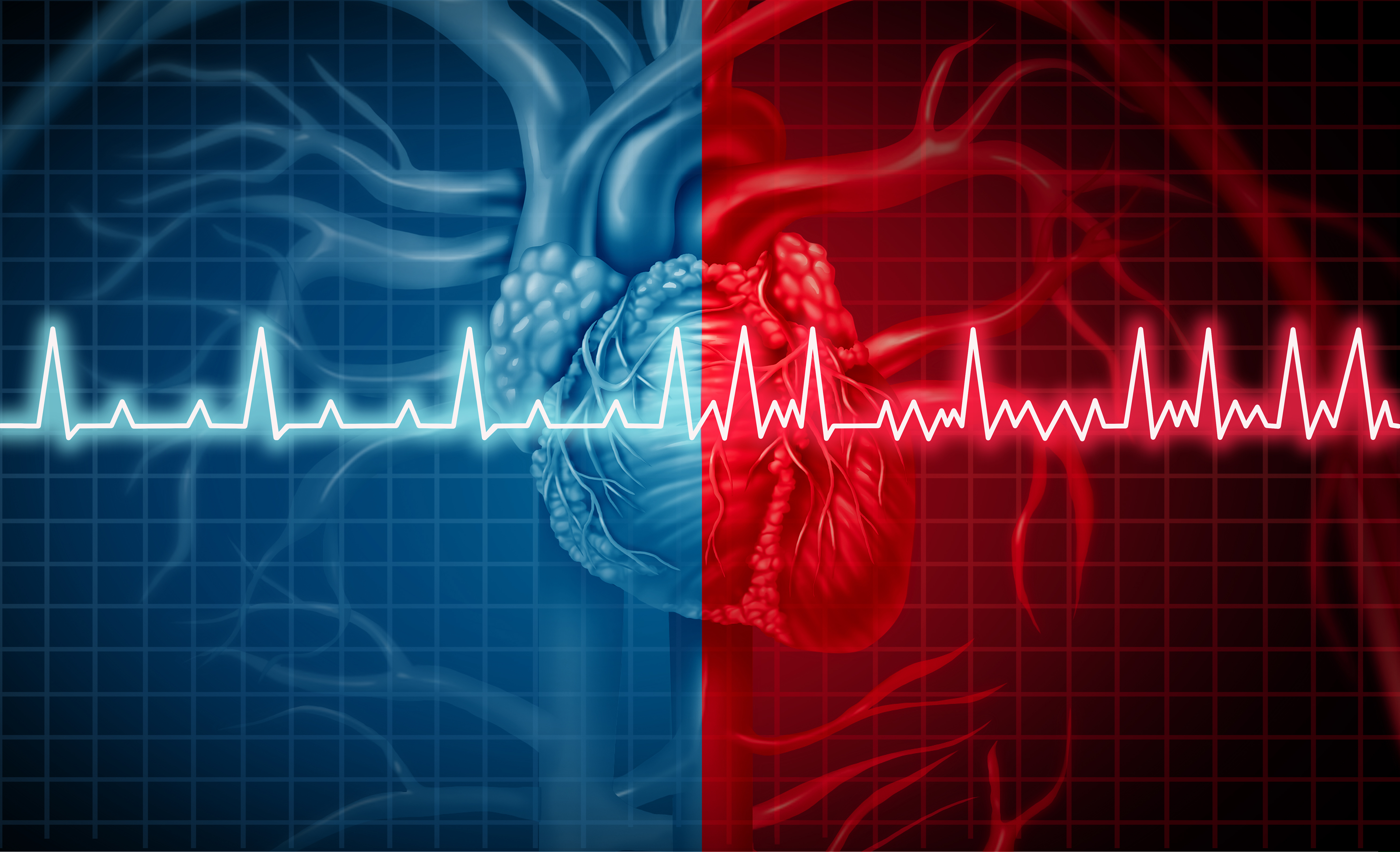Key Points:
- Prior trials have demonstrated limited benefit to intra-aortic balloon pump (IABP) use in acute myocardial infarction-related cardiogenic shock, but the role of IABP in heart failure-related cardiogenic shock (HF-CS) is not yet clear.
- The ALTSHOCK2 trial was designed to examine the utility of early IABP implantation in improving the primary endpoint of 60-day survival or bridge to heart replacement therapy (HRT) in HF-CS.
- There was no difference in the primary endpoint between early IABP and standard of care treatment.
Cardiogenic shock mortality remains up to 50%, despite increasing utilization of temporary mechanical circulatory devices. Since the negative IABP-SHOCK II trial, intra-aortic balloon pump (IABP) use is no longer routinely recommended in acute myocardial infarction-related cardiogenic shock, but the role of IABP in heart failure-related cardiogenic shock (HF-CS) is not yet clear. In fact, small studies in HF-CS have so far demonstrated potential improvement in hemodynamic parameters as well as bridging to heart replacement therapy (HRT), but large-scale trials are lacking. In a breaking presentation at the 2025 ACC Scientific Sessions today, Dr. Alice Sacco and her team presented their study: “Early Intra-Aortic Balloon Pump in Heart Failure Cardiogenic Shock: a Randomized Trial,” or the Altshock-2 study, which was simultaneously published in JACC.
The Altshock-2 trial (NCT04369573) was a multi-center trial based in Italy that randomized 101 adults (age 18-75) with a diagnosis of SCAI B-D HF-CS to IABP vs conservative, standard of care therapy. Relevant exclusion criteria were septic shock, severe peripheral vascular disease, post-surgical CS, chronic end-organ dysfunction, and <1 year prognosis. Patients were randomized to early IABP immediately after randomization vs conservative care; escalation was considered at eight hours if five of eight pre-specified clinical and laboratory criteria (HR 60-100, MAP >65 mmHg, SvO2 >60%, PaO2 > 60mmHg, lactate <3.1 mmol/L, CWP <18mmHg or E/E’<14, VIS <20, and diuresis > 0.5ml/kg/hr) were not met. The primary outcome was 60-day survival or successful bridge to HRT. Secondary outcomes included 60-day survival, 60-day need for renal replacement therapy, maximum IS, maximum duration of vasoactive therapy, and maximum SOFA score.
A total of 48 individuals were randomized to standard care, and 53 to the IABP group; eight individuals (17.2%) were escalated to MCS after randomization in the standard of care arm, and four (7.5%) to an Impella or VA-ECMO in the IABP group. On average, patients were randomized 2.5 hours after CCU admission and 10.5 hours after symptom onset. The median age was 60, with 15% women, 61% non-ischemic cardiomyopathy, 56% SCAI C, and a mean LVEF of 19%. Prior to randomization, 67% of individuals were already on inotropic agents, and 44% already had a Swan-Ganz catheter in place.
In the intention-to-treat analysis, there was no significant difference in the primary outcome between the early IABP and standard of care arm (HR 0.72, 95% CI 0.31-1.68; p=0.45). In subgroup analyses, no differences were observed by sex, age, time from symptom onset, LVEF, SCAI stage, or lactate (all p-interaction >0.05). Similarly, in secondary analyses, no differences were observed in 60-day survival, 60-day need for renal replacement therapy, maximum IS, maximum duration of vasoactive therapy, and maximum SOFA score. In the IABP group, there was a numerically higher risk in bleeding (17 vs 8.3%), vascular complications (7.5 vs 0%), and limb ischemia (3.8 vs 0%) that did not reach statistical significance.
When discussing the clinical implications of the study at the Scientific Sessions, Dr. Sacco stated: “Early IABP implantation does not improve 60-day survival in HF-CS compared to inotropic therapy…IABP should be considered after failure of inotropes.”




